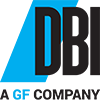Anne Regan, Associate IIDA
Director, Interiors
DBI Architects, Inc.
First and foremost, Covid-19 is about people. As a nation, we must continue to do all we can to protect ourselves and one another from the impacts of this pandemic. By practicing social distancing, we have managed to “flatten the curve.” By reducing or restricting “non-essential” business and travel, we have, so far, controlled what could have been a far more virulent outbreak.

But we are still early in the overall timeline of this disruption in our personal and business lives. There is not, as yet, any such thing as a “new normal.” At present, nothing can be set in stone. There remain too many unknowns, too many questions not yet answered, too many possibilities that could drive the curve in drastically divergent directions.
While it’s unclear how this crisis will play out in the long-term, in the short- and mid-term, there are things we can do to make the most of this situation, and even put safeguards in place, to bring us back — as close as is practicable and possible — to “business as usual.” Architects and designers are, by nature, innovators. And innovation is the path to not just surviving, but perhaps thriving, in the face of adversity.
COVID-19 Client Outreach
Working toward developing reasonable best practices, DBI staff are now reaching out to our clients addressing a number of topics. We are working to connect with existing and previous clients to help relieve anxiety associated with “back to work” efforts.
While we realize every office’s mission is different, and each company may be approaching the return to the workplace differently, we are here to help.
Our outreach is aimed to:
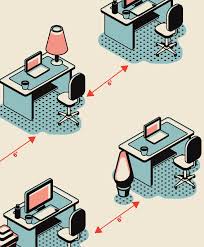
- Help businesses as they consider distancing, seating solutions, and cleaning and disinfecting protocols
- Provide assurance that the specified products in their existing spaces will mitigate the spread of the virus, as people return to work [or not, and begin to make recommendations]
- Clearly set out the services that we can help with
- Corridor and office space foot traffic plans
- Visitor and delivery quarantining areas
- Hand sanitization locations
- Furniture responses – layouts and packages that are available
- Operations assistance to identify ways to get employees back to work safely
- Shift work
- Work-from-home response
- Technology additions to existing spaces (to accommodate distance meetings, virtual demonstrations, etc.)
The main focus of our outreach is PEOPLE. During this very difficult time, a primary aim of every employer must be helping employees and clients feel that they are being protected — both physically and psychologically. This is key not only from the very human perspective, but also to help build as productive an environment as possible. It is important to help people feel comfortable coming to the workplace. How the company handles visitors, delivery personnel, service technicians, and others is likewise key.
DBI will respond by:

- Helping to develop staff surveys, geared to identify employee concerns about seating density, and other topics, such as microbial resistance of surfaces, including workstations, walls, and flooring
- Developing revised density plans
- Possible shift work responses
- Recommendations for occupancy of office by workforce at one time
- Creating traffic plans for corridors and work areas, including one-way plans designed to reduce “collisions”
- Designing practical hand sanitization plans
- Developing effective surface cleansing and sanitizing protocols
- Proposing furniture layouts for public/social spaces
- Benching — Panels can be put in place
- Placemats to define each workers space
- Checkerboard patterns, to delineate distances

Good outreach depends on good COMMUNICATION. A cornerstone of DBI’s business model is “Truth, always.” Open and honest communication in time of crisis is the best way to develop and maintain trust – whether that is with staff, clients, vendors, or the general public. By beginning with foundational truth, employers and their employees can best implement plans to work together safely, effectively, and productively.
DBI recommends:
- Speaking openly and frankly with staff about procedures for coming back to work
- Developing elements to remind people of in-office protocols
DBI can help with:
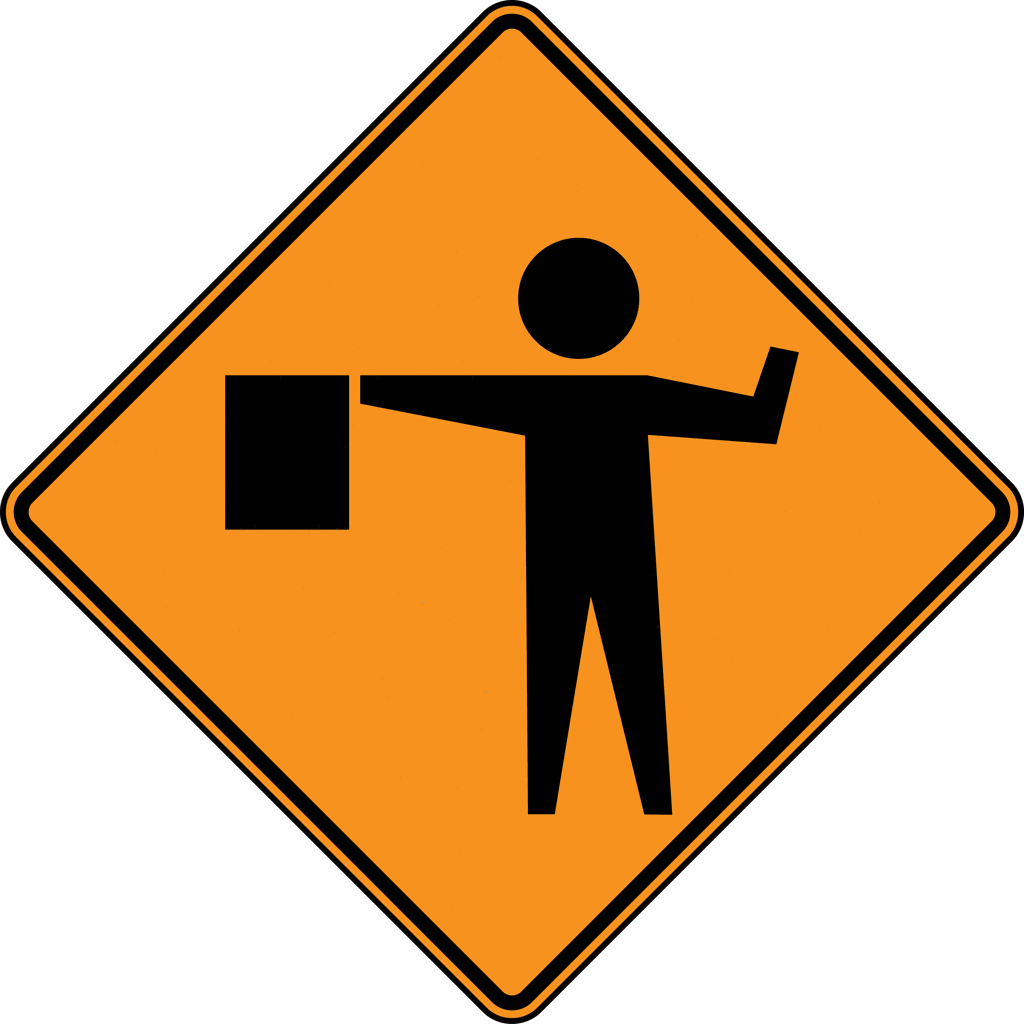
- Signage and Directional Plans
- Reminding employees of social distancing guidelines
- Reminding employees and visitors to wash hands
- Suggesting that tenants use stairs rather than elevators
- Suggesting/coordinating one-way staircases with building owners
- Developing elevator protocol signage (in coordination with building owners)
- Social Distancing Plans
- Floor sticker designs to delineate zones and remind people of six-foot distancing
- Furniture elements such as screens to be added to workstations (portable or temporary)
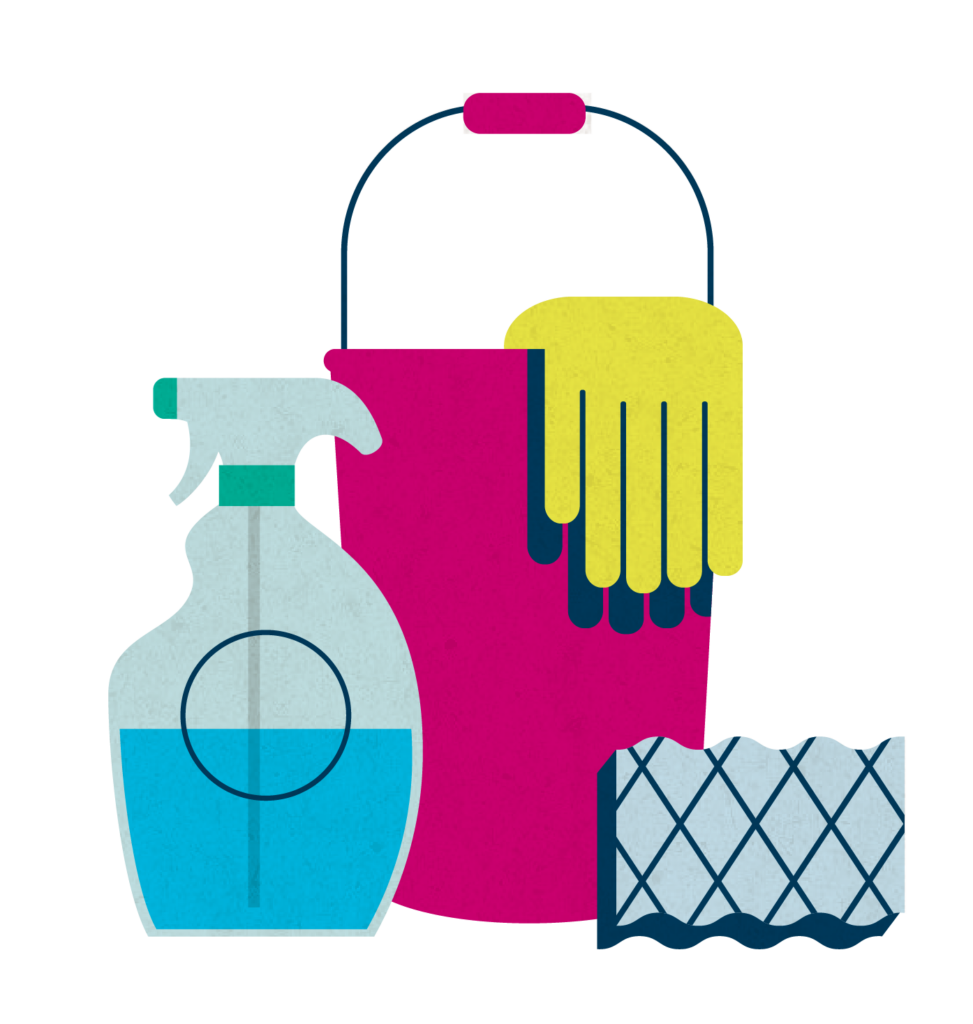
Demonstrated CLEANING AND DISINFECTING PROTOCOLS may effectively reassure staff and visitors. Early observations indicate that cleaning and disinfecting in the open, during regular business hours, goes a long way to ensure a level of confidence among staff and visitors. People are reassured by seeing, with their own eyes, that attention is being paid to cleaning. Having cleaning crews active during regular business hours, in high traffic areas during heavy use periods – such as in the elevators at lunchtime, or wiping down common spaces – can highlight the care a business or building owner is taking to undergird the health of tenants and employees. Employers and building owners can:
- Adjust cleaning schedules to several times a day
- Leave signage or tape across areas that have been cleaned
- Incorporate other notices of cleaning and sanitizing in signage and other communications
DBI can help businesses and building owners understand:
- Most materials specified can be cleaned with disinfectant (Disinfectant is a product that contains 60-70% alcohol)
- Disinfectants should be used in accordance with CDC and EPA guidelines
- Sprayed, and left on surface for a short period of time (read instructions on preferred cleaner) then wiped up, to maintain a dry surface
- Commercial grade, LVT, carpet, solid surface, paint, plastic laminate, textiles, ceramic and porcelain tile can all be cleaned with disinfectant
- However, every genre and material type recommends following their cleaning procedures
- As with any material, if the elements are drenched with liquid there are potential risks, so a light spray frequently is recommended versus a complete soaking
- However, every genre and material type recommends following their cleaning procedures
- Disinfectants should be used in accordance with CDC and EPA guidelines
- Natural stones and woods should be cleaned with a moist paper towel
- Do not spray the disinfectant directly – this may cause discoloration or warping
- If there is a specific question about a specific product it is best to reach out the manufacturer’s representative or the company directly
- Metals – including door hardware – are the most susceptible materials in the workplace and should be cleaned hourly with disinfectant to ensure safety

INDOOR AIR QUALITY is among the most important elements. Building HVAC should be coordinated with the building owner, in order to achieve the healthiest solution.
Ways DBI can help:
- We can assist in communications with building owners and MEP engineers
- The leading guidance about Coronavirus includes advice about HEPA filtration and increased ventilation rates
- UV light also has a positive impact
- Each of these has various impacts on mechanical room space, ducts/shafts, energy consumption, etc.
QUICK TAKE-AWAYS
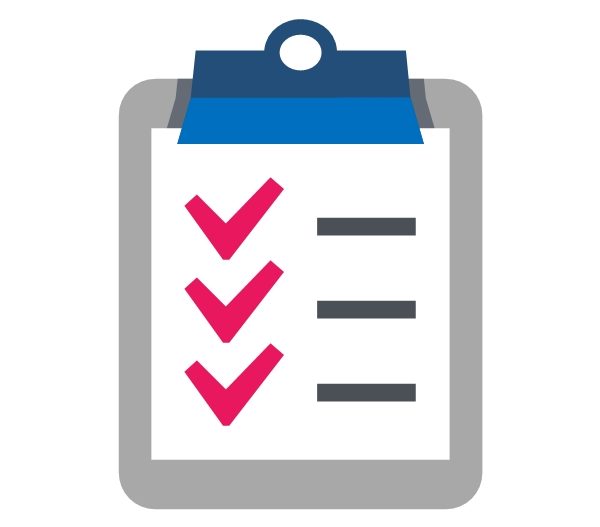
This is an evolving situation with new information emerging every day. DBI is monitoring the facts, and will continue to pass along intelligence to our clients. In the meantime, here are some top-level facts to keep in mind:
- First and foremost, our response to Covid-19 is about PEOPLE
- COVID-19 is a Virus
- A virus needs a host to live on (versus bacteria, which can live on its own)
- A virus begins to lose its efficacy immediately, when it leaves the host
- There is a difference between cleaning and disinfecting
- Cleaning removes germs, dirt, and impurities
- Cleaning works by using soap (or detergent) and water to remove germs from surfaces
- Cleaning does not necessarily kill germs but reduces the risk of spreading infection.
- Cleaning works by using soap (or detergent) and water to remove germs from surfaces
- Disinfecting refers to using chemicals to kill germs
- This does not always remove dirt from surfaces
- Disinfecting further reduces the risk of spreading infection
- This does not always remove dirt from surfaces
- Both are considered “sanitizing” by the CDC
- Cleaning removes germs, dirt, and impurities
- Two-step cleaning processes are best
- First clean with soap, then with disinfectant
- Some recommended products are:
- Cavi Wipes
- Clorox Bleach Germicidal Wipes
- Diluted bleach
- Oxivir 1
- Virex II 256
- We DO NOT recommend using Concentrated Bleach directly on any materials in the commercial office environment- most products are not approved for this high strength chemical
For more information about how DBI can help create a safer, healthier, more productive work environment, please contact us at 703-787-0882.
